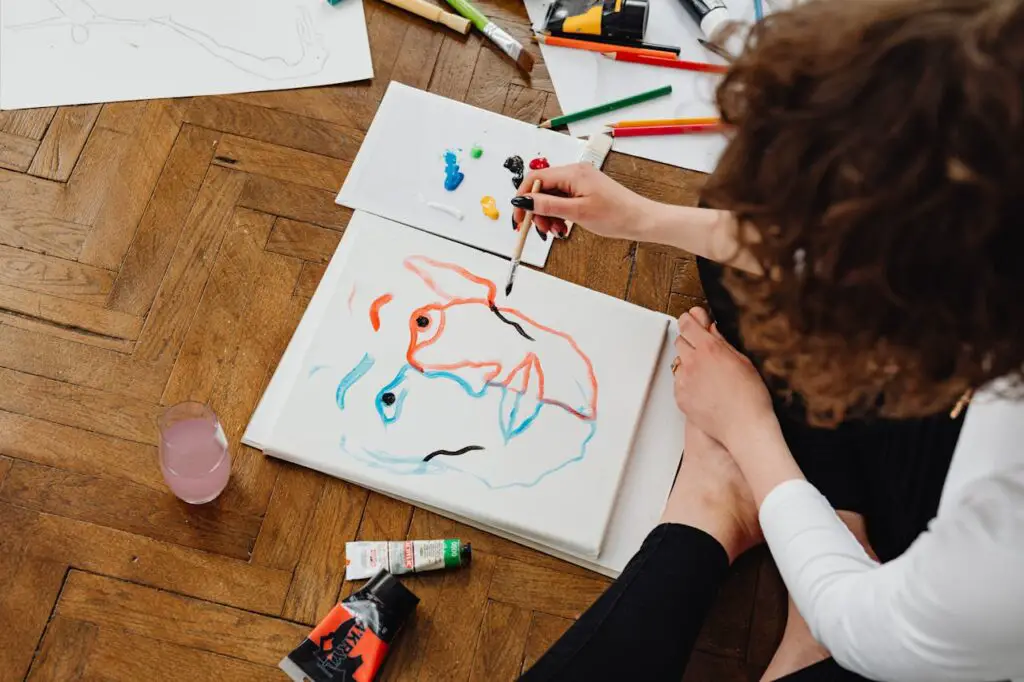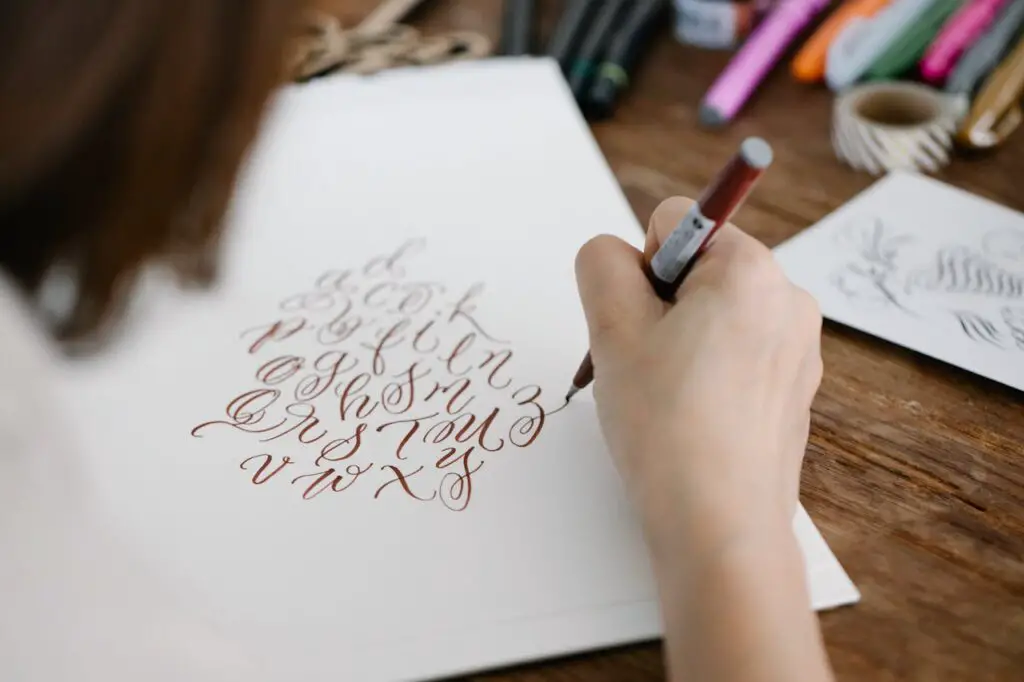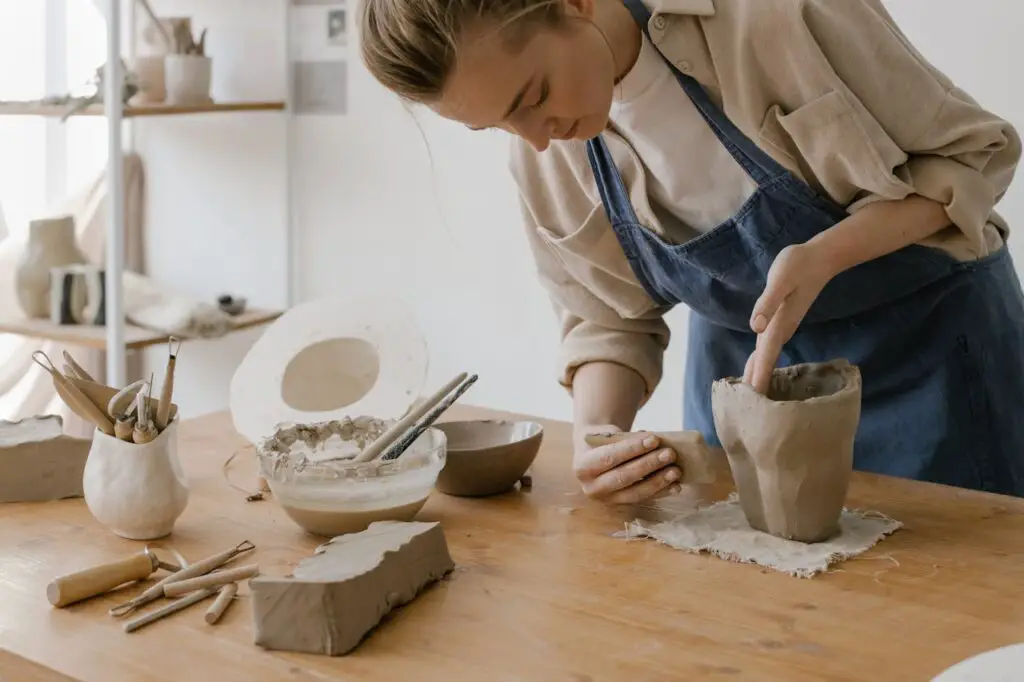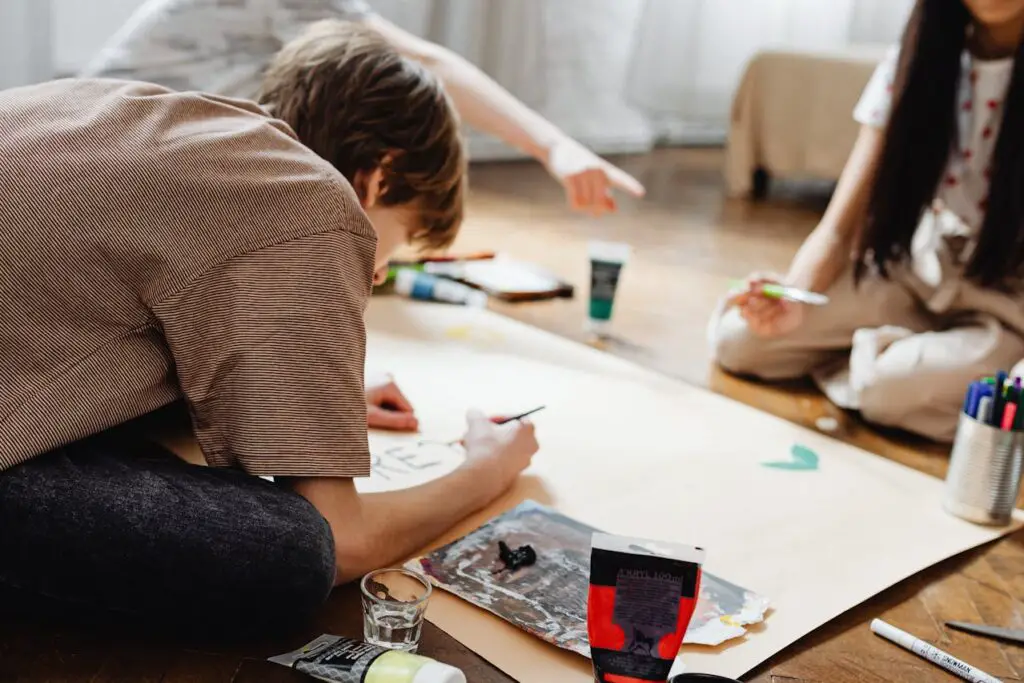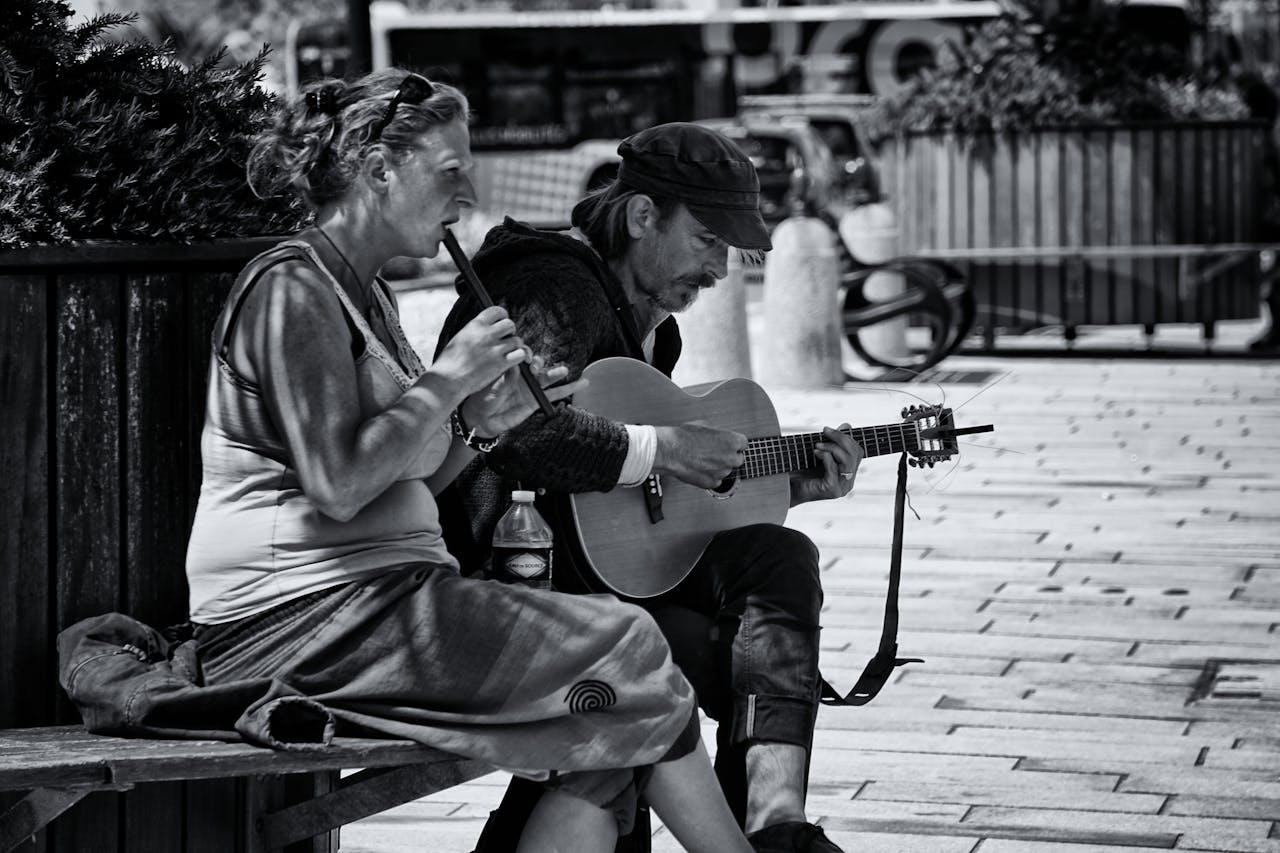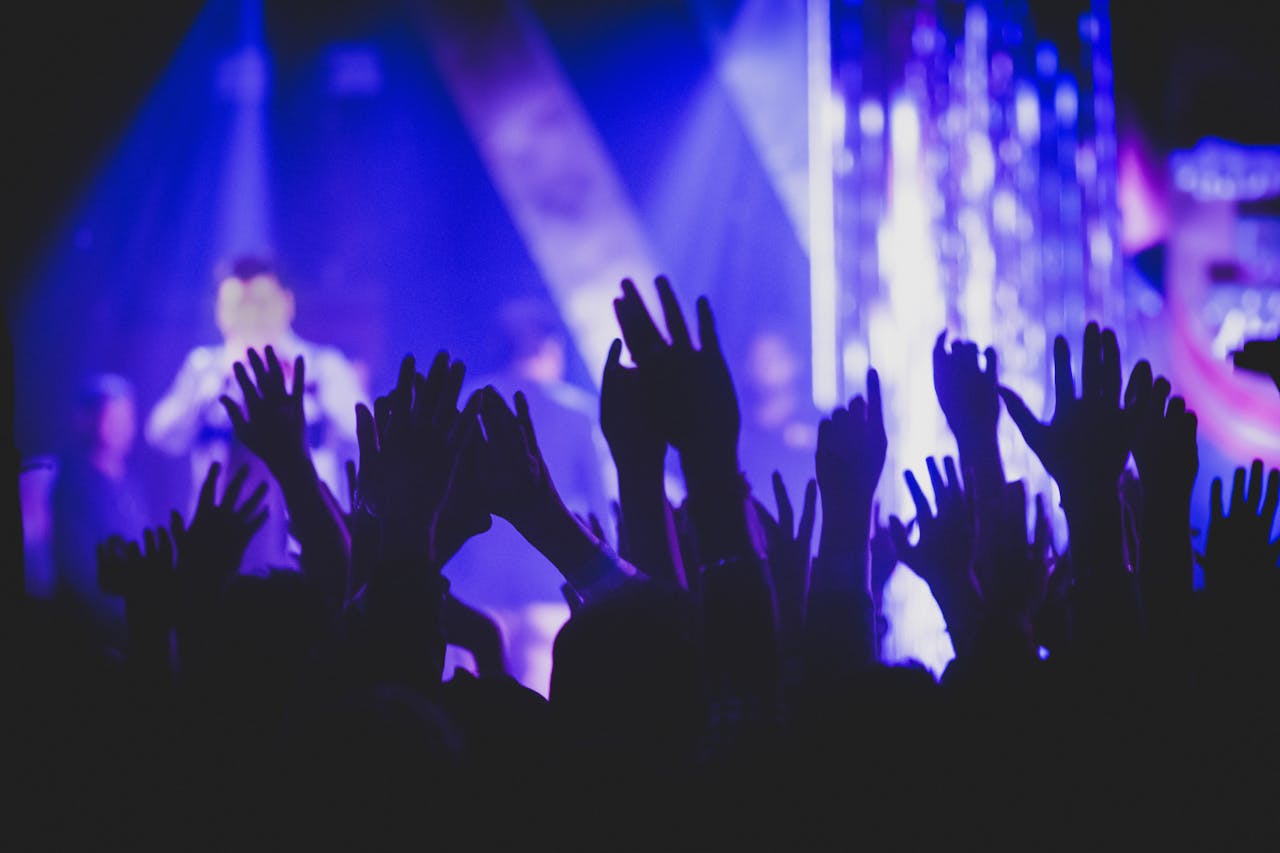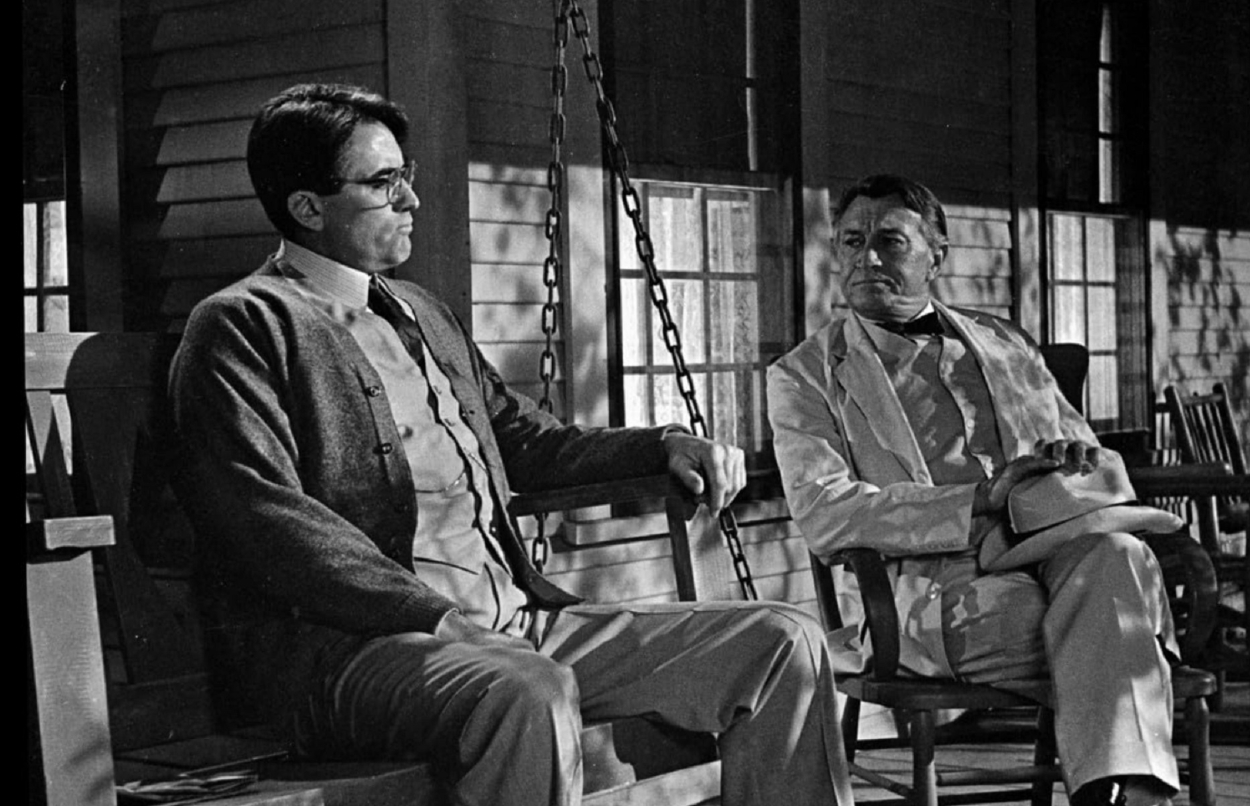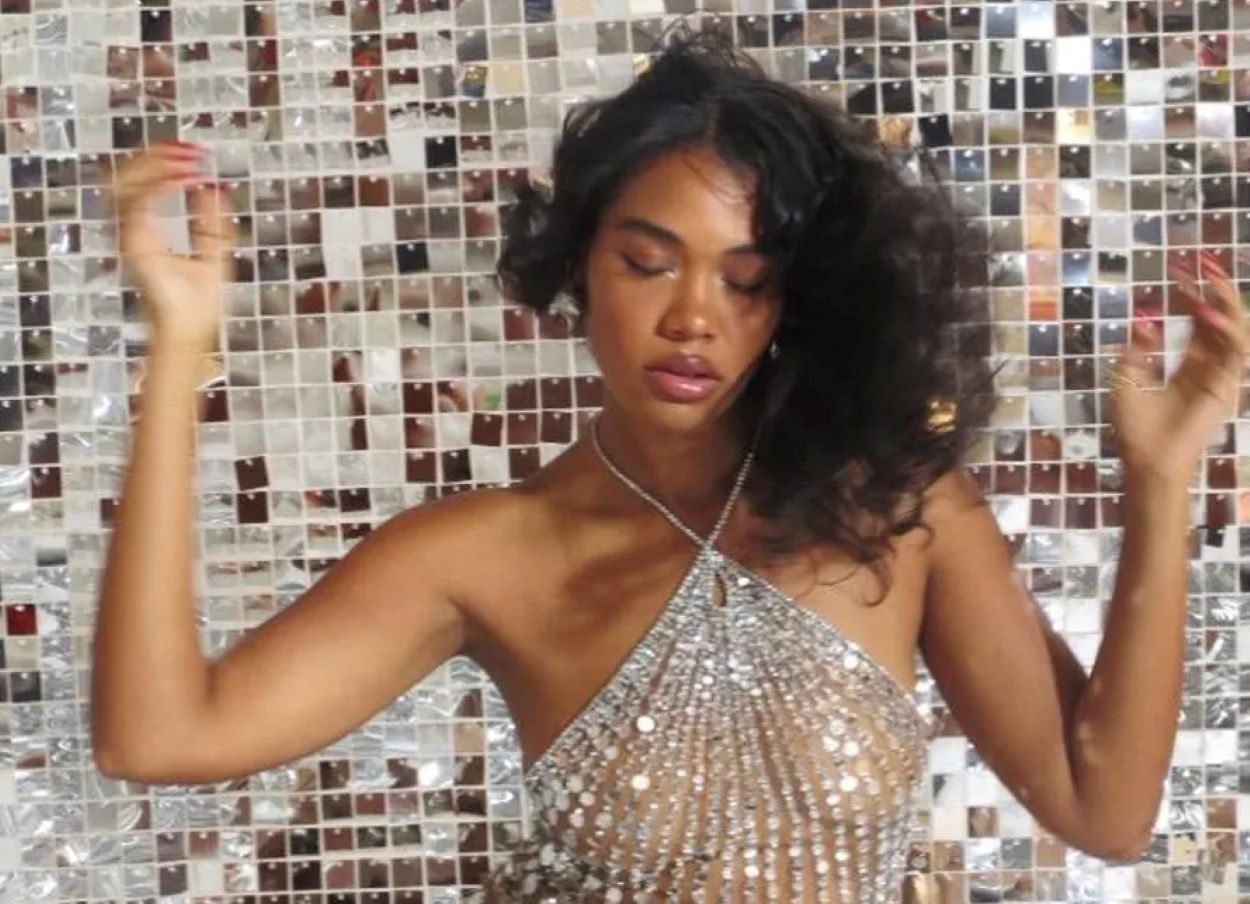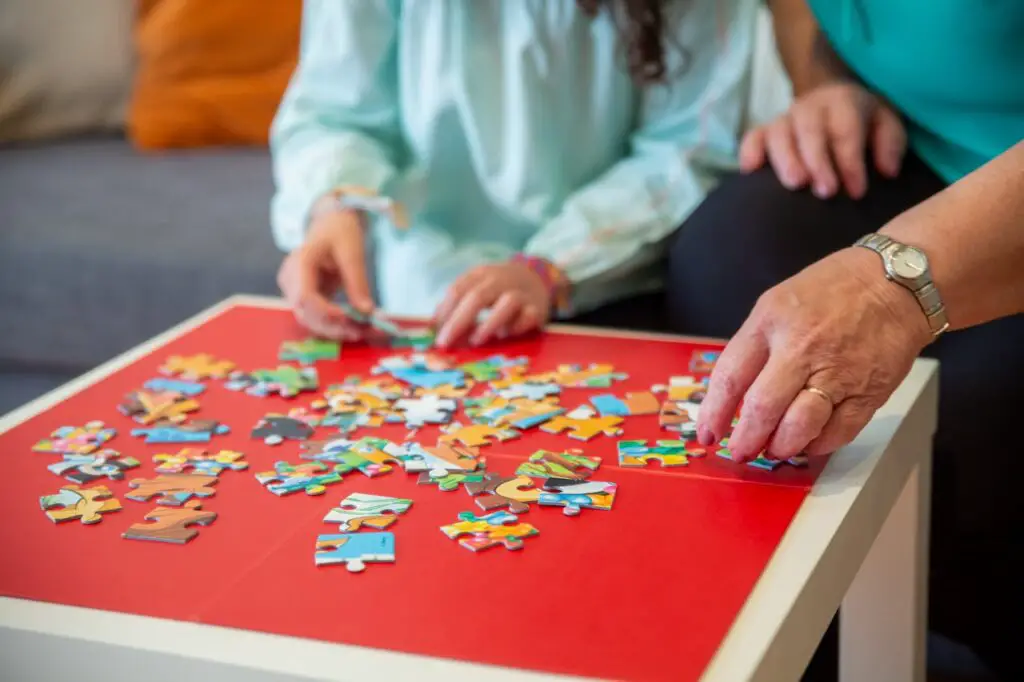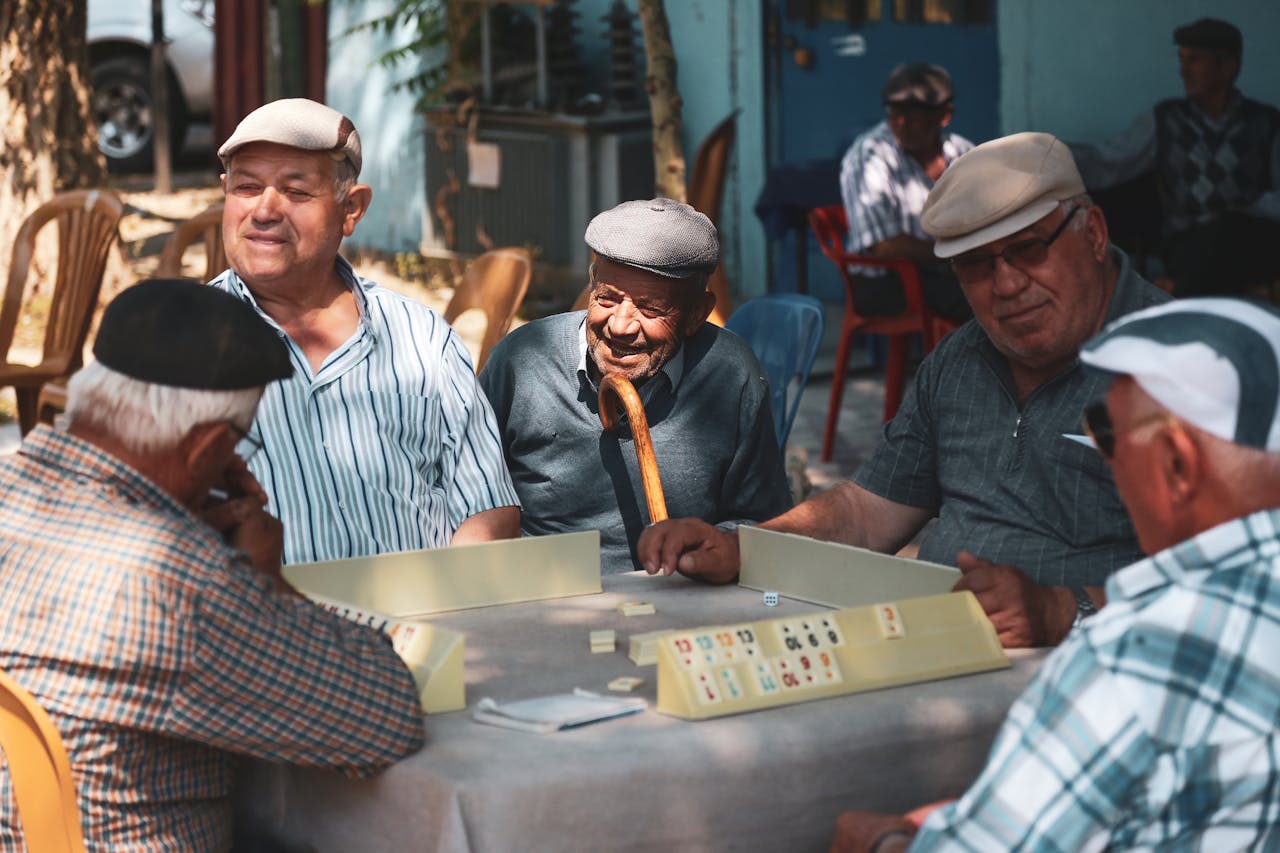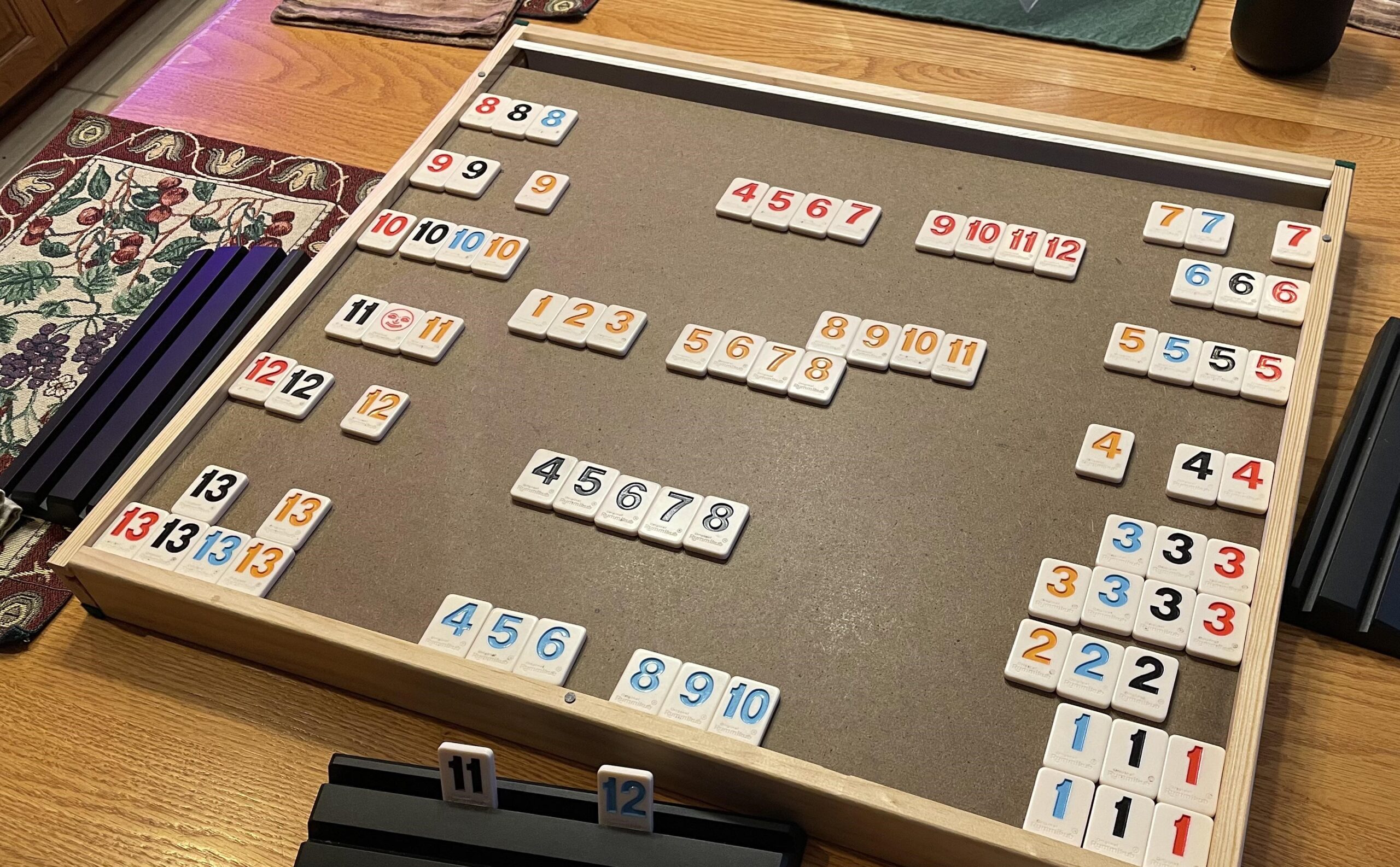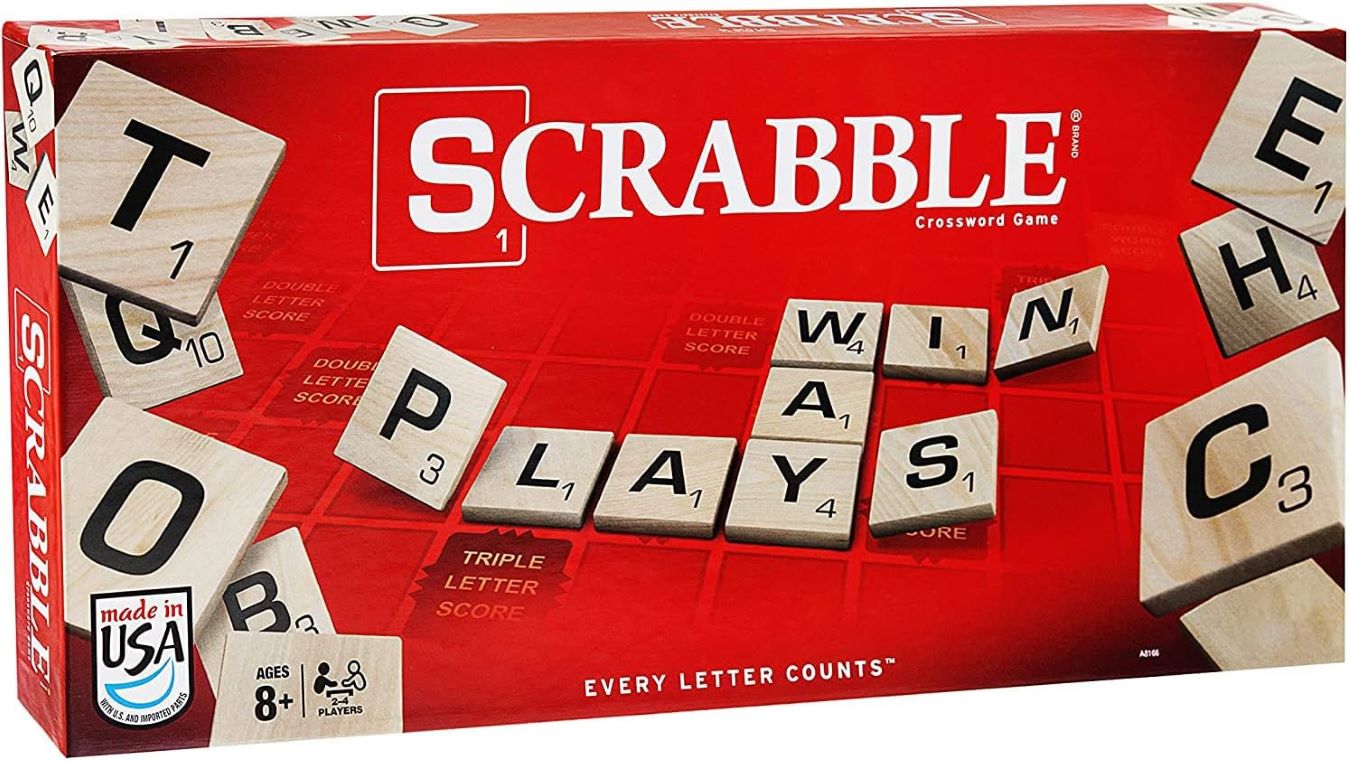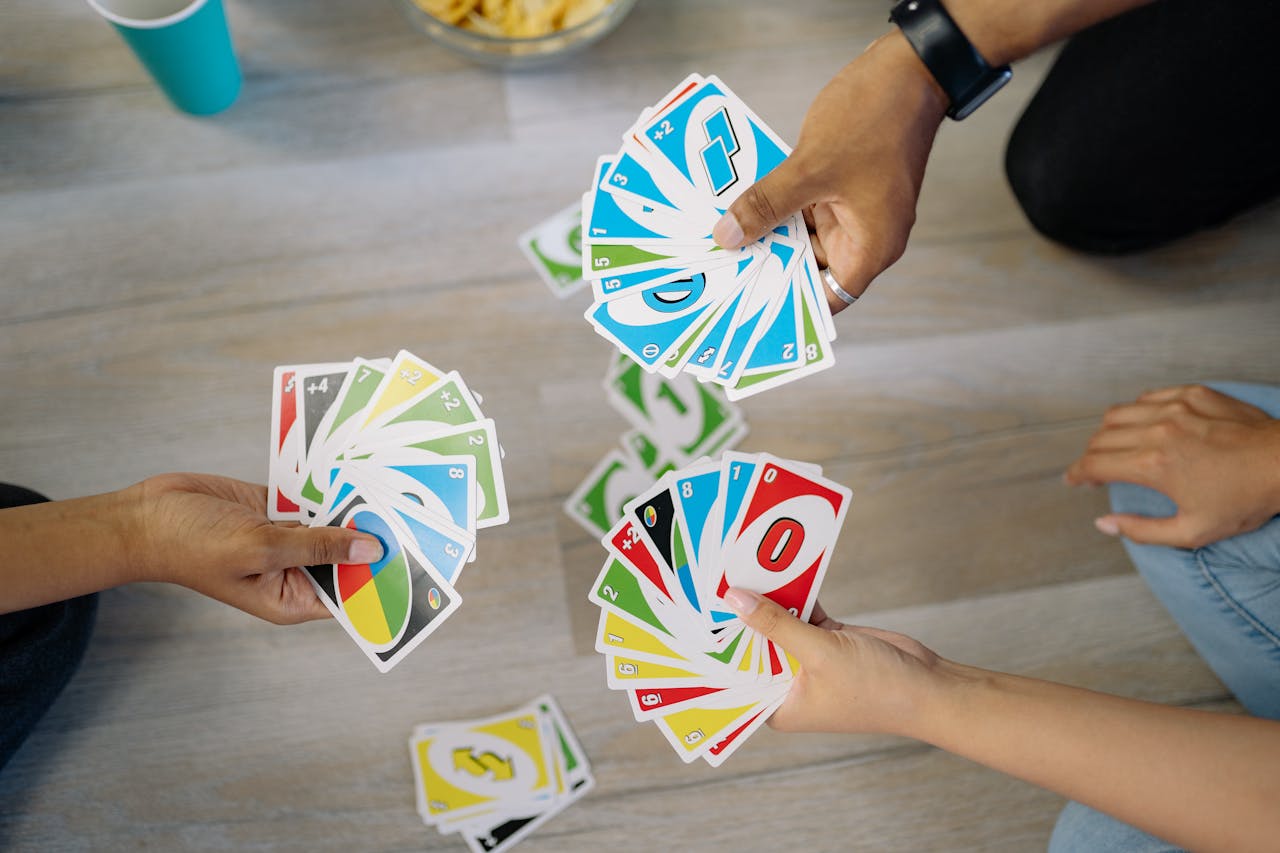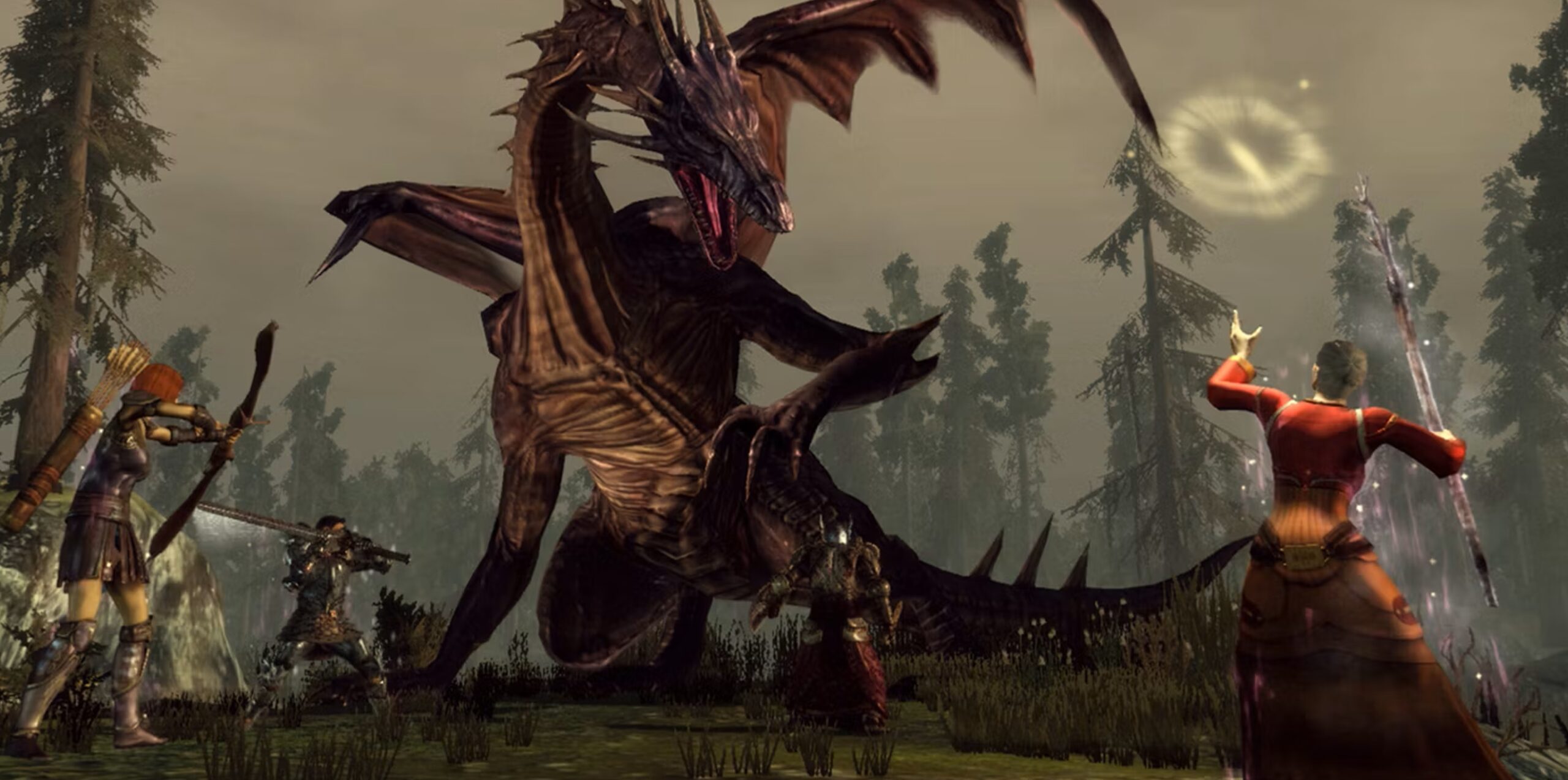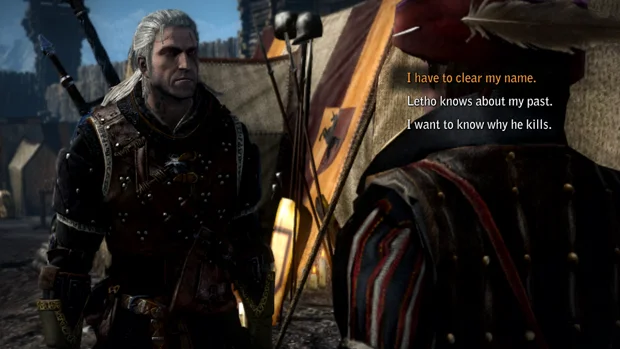Timeless Classics You Need to Rewatch This Year — 10 Iconic Movies That Never Get Old

There’s something truly magical about classic movies—they transport us to different eras, showcase unforgettable performances, and remind us of the power of storytelling at its finest. In a world overflowing with new releases and streaming hits, revisiting timeless films is like finding hidden treasures that never lose their shine. Whether you crave heartfelt romance, nail-biting suspense, or just want to experience cinema’s golden moments again, these 10 iconic movies deserve a spot on your watchlist this year. Each of these films has not only shaped the art of filmmaking but continues to resonate with audiences around the world. Ready to rediscover cinematic gems that feel fresh no matter how many times you watch them? Let’s dive into this ultimate list of timeless classics worth rewatching right now.
1. Casablanca (1942) — A Timeless Romance Amidst War

Few films capture romance and intrigue quite like Casablanca. Set during World War II, the movie tells the story of Rick Blaine, a cynical nightclub owner in Morocco who must navigate a world of love, sacrifice, and political tension when his former lover Ilsa unexpectedly reappears. With iconic lines such as “Here’s looking at you, kid” and a haunting musical score, Casablanca blends passion and patriotism in a way that never feels outdated. The black-and-white cinematography perfectly complements the film’s mood, and the moral dilemmas faced by the characters keep the story compelling decades later. Whether you’re watching it for the first time or revisiting this cinematic jewel, Casablanca offers an emotional experience that remains as powerful today as it was when it first premiered.
2. Gone with the Wind (1939) — Epic Drama and Southern Elegance
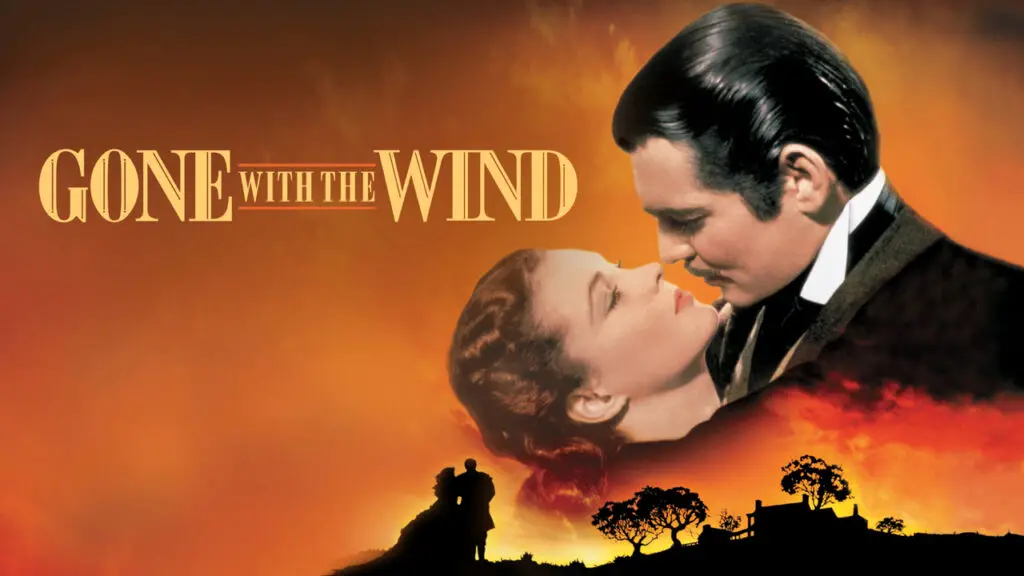
Gone with the Wind is the kind of epic drama that demands attention with its sweeping story of love, loss, and survival during the American Civil War. Scarlett O’Hara’s fiery spirit and complicated romance with Rhett Butler drive this monumental film, which features dazzling costumes, breathtaking scenery, and unforgettable performances by Vivien Leigh and Clark Gable. This movie’s grandeur is matched by its emotional depth, exploring themes of resilience, social change, and human frailty. Despite its length, Gone with the Wind captivates with every scene and invites viewers to immerse themselves in a richly textured world full of passion and heartbreak. It’s a must-watch for lovers of classic storytelling on an epic scale.
3. Rear Window (1954) — Hitchcock’s Masterclass in Suspense
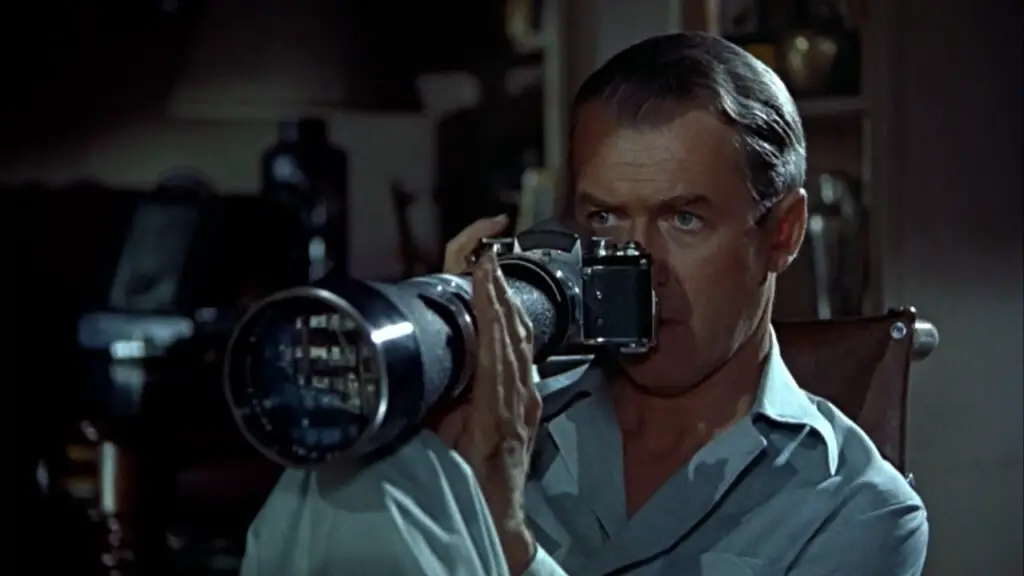
For lovers of suspense and psychological thrillers, Alfred Hitchcock’s Rear Window is a cinematic masterpiece. James Stewart stars as a photographer confined to his apartment with a broken leg, who becomes obsessed with watching his neighbors and suspecting a crime. Hitchcock’s skillful direction builds a palpable tension as the audience becomes complicit in this act of voyeurism, exploring themes of curiosity, isolation, and trust. Grace Kelly’s presence adds an elegant charm, while every shot is meticulously crafted to keep viewers on edge. This film is more than just a suspense thriller — it is an exploration of human nature that remains riveting and thought-provoking with every viewing.
4. The Godfather (1972) — The Pinnacle of Crime Drama
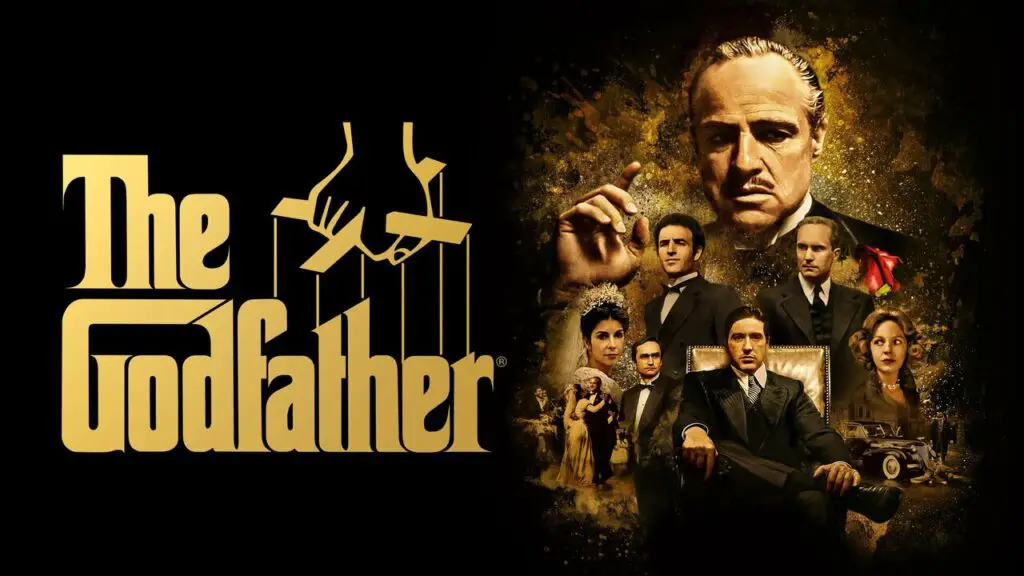
When discussing cinematic masterpieces, The Godfather stands at the summit. Francis Ford Coppola’s epic tale of the Corleone crime family is both a brutal and beautiful exploration of power, loyalty, and family. Marlon Brando’s unforgettable portrayal of Vito Corleone and Al Pacino’s compelling transformation into Michael Corleone create a narrative filled with complexity and depth. The film’s richly layered storytelling, memorable dialogue, and haunting musical score have influenced generations of filmmakers. It is a movie that demands multiple viewings to fully appreciate the nuances of its characters and themes. The Godfather is a timeless classic that continues to set the standard for storytelling in cinema.
5. Singin’ in the Rain (1952) — The Ultimate Feel-Good Musical

When it comes to feel-good movies, few can match the charm and energy of Singin’ in the Rain. This dazzling musical comedy chronicles Hollywood’s transition from silent films to sound, featuring Gene Kelly’s iconic dance sequences that remain awe-inspiring decades later. The movie’s bright and catchy songs, witty humor, and infectious energy make it a joyous experience for viewers of all ages. Its celebration of the magic of movies, combined with playful romance and comedy, has cemented Singin’ in the Rain as one of the most beloved musicals of all time. Watching it is like stepping into a world of happiness and creativity that never loses its sparkle.
6. To Kill a Mockingbird (1962) — A Powerful Tale of Justice and Morality

Adapted from Harper Lee’s landmark novel, To Kill a Mockingbird is a film that continues to resonate with audiences due to its courageous exploration of racial injustice and moral integrity. Gregory Peck’s portrayal of Atticus Finch, a principled lawyer defending a black man wrongly accused of a crime, is one of the most revered performances in film history. The movie’s heartfelt depiction of childhood innocence, compassion, and standing up for what is right delivers a powerful message that remains urgent today. This classic isn’t just a film — it is a timeless reminder of the importance of justice and empathy in society, making it essential viewing year after year.
7. Breakfast at Tiffany’s (1961) — Chic, Charming, and Unforgettable
![]()
Audrey Hepburn’s portrayal of Holly Golightly in Breakfast at Tiffany’s is the epitome of style and charisma. This romantic comedy-drama captures the whimsical and sometimes bittersweet life of a New York socialite searching for identity and love. The film’s unforgettable opening scene outside Tiffany’s jewelry store, combined with Henry Mancini’s iconic “Moon River” theme, creates a cinematic experience that is both glamorous and heartfelt. Beneath its sophisticated exterior, the movie explores themes of loneliness and self-discovery, which give it emotional depth. Whether you’re drawn to classic fashion, sharp wit, or compelling storytelling, Breakfast at Tiffany’s remains a must-watch that never goes out of style.
8. 12 Angry Men (1957) — A Gripping Study in Justice and Human Nature

This intense courtroom drama is a masterclass in storytelling, taking place almost entirely in one room where twelve jurors deliberate over a seemingly clear-cut murder case. 12 Angry Men brilliantly explores the dynamics of prejudice, reasonable doubt, and moral responsibility. Henry Fonda leads an extraordinary ensemble cast delivering powerful performances that bring the script’s tension and complexity to life. The film’s tight pacing and sharp dialogue keep viewers riveted, while its themes about fairness, courage, and critical thinking resonate as strongly today as they did over sixty years ago. It is a timeless exploration of the justice system and human nature that rewards multiple viewings.
9. Roman Holiday (1953) — A Delightful Romantic Escape

Roman Holiday remains a beloved classic that effortlessly combines romance, comedy, and adventure. Audrey Hepburn stars as a princess who escapes her royal duties to explore Rome on her own, leading to a charming and bittersweet love story with journalist Gregory Peck. The film’s beautiful Roman locations, engaging plot, and sparkling chemistry between its leads create a cinematic escape full of warmth and humor. Its themes of freedom, discovery, and the fleeting nature of happiness make it emotionally resonant and endlessly watchable. For anyone longing for a charming getaway or an uplifting romantic tale, Roman Holiday is a timeless delight.
10. The Wizard of Oz (1939) — A Magical Journey for All Ages

Few movies hold the universal appeal of The Wizard of Oz, a fantasy musical that has enchanted audiences since its release. Dorothy’s journey through the magical Land of Oz, accompanied by unforgettable characters like the Scarecrow, Tin Man, and Cowardly Lion, combines whimsy with meaningful life lessons about friendship, courage, and the importance of home. The film’s groundbreaking use of Technicolor dazzled audiences then and still captivates today. Its catchy songs, imaginative sets, and heartfelt story have made it a staple of family viewing worldwide. Watching The Wizard of Oz is like stepping into a world of magic and hope, making it a must-watch classic no matter your age.
Final Thoughts

These ten iconic films are more than just movies—they are cultural landmarks that have shaped the art of cinema and touched the hearts of millions. From sweeping dramas and suspense thrillers to joyous musicals and heartfelt tales of justice and love, this list offers something for every movie lover. So grab your popcorn and prepare to embark on a journey through some of the most unforgettable stories ever told on film. These timeless classics are waiting to remind you why they continue to captivate audiences year after year.
